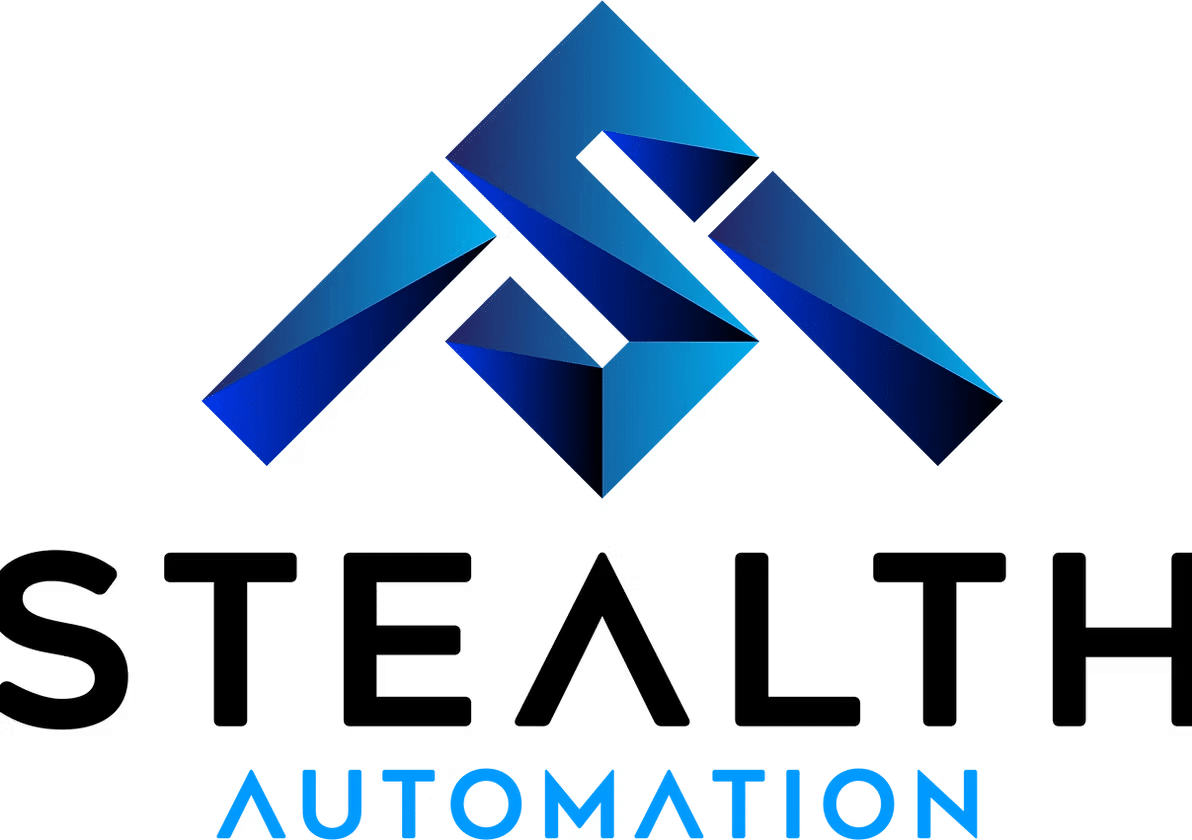An electrical panel maintenance schedule is crucial for ensuring the safety, reliability, and efficiency of electrical systems. Regular inspections and upkeep help prevent electrical failures, reduce the risk of fire, and extend the lifespan of the equipment. Here’s a general maintenance schedule for electrical panels:
1. Monthly Inspections
Visual Check: Inspect the exterior for any signs of damage, such as rust, corrosion, or discoloration. Ensure the panel cover is properly sealed and that there are no foreign objects inside.
Overheating: Check for signs of overheating or burn marks around breakers or terminals. Overheating can indicate loose connections or overloads.
2. Quarterly Inspections
Tighten Connections: Check all terminal connections to ensure they are tight. Loose connections can lead to arcing and overheating.
Verify Labeling: Confirm that all breakers are properly labeled, which will make future maintenance and troubleshooting easier.
Inspect for Dust and Debris: Clean the interior of the panel, removing any dust or debris that could impede ventilation or create short circuits.
3. Semi-Annual Inspections
Test Circuit Breakers: Manually test circuit breakers to ensure they trip correctly. This checks the functionality of each breaker and ensures they respond to overloads or short circuits.
Check Grounding: Inspect the grounding system to ensure proper grounding of the panel. This is critical for electrical safety.
Inspect Bus Bars and Connections: Inspect bus bars and connections for signs of wear, rust, or corrosion, and clean any accumulated dust or debris.
4. Annual Inspections
Professional Inspection: Schedule a qualified electrician to perform a thorough inspection of the electrical panel. They can perform advanced tests and check for any underlying issues that may not be visible to the untrained eye.
Infrared Thermography: Conduct an infrared scan to check for hot spots that may indicate loose connections or areas of excessive heat, which could signal an impending failure.
5. As-Needed Maintenance
Overload Protection: If you notice any electrical malfunctions (e.g., tripped breakers or flickering lights), immediately inspect the panel to identify the source. Overloaded circuits should be addressed by redistributing the load or upgrading the panel as necessary.
Moisture or Water Intrusion: If the panel is in a damp environment, check for signs of moisture or water inside the panel, which can cause short circuits or corrosion. Ensure the panel is properly sealed against environmental hazards.
Additional Tips
Safety First: Always turn off the main power before performing any work inside the electrical panel to avoid the risk of electric shock.
Qualified Technicians: While routine checks can be done by trained personnel, always have a licensed electrician perform any major repairs or diagnostics.
Following this schedule helps maintain a safe and functional electrical panel, minimizes the risk of breakdowns, and ensures your electrical system operates smoothly. Stealth Automation is here for your maintenance needs. Reach Out Today!
